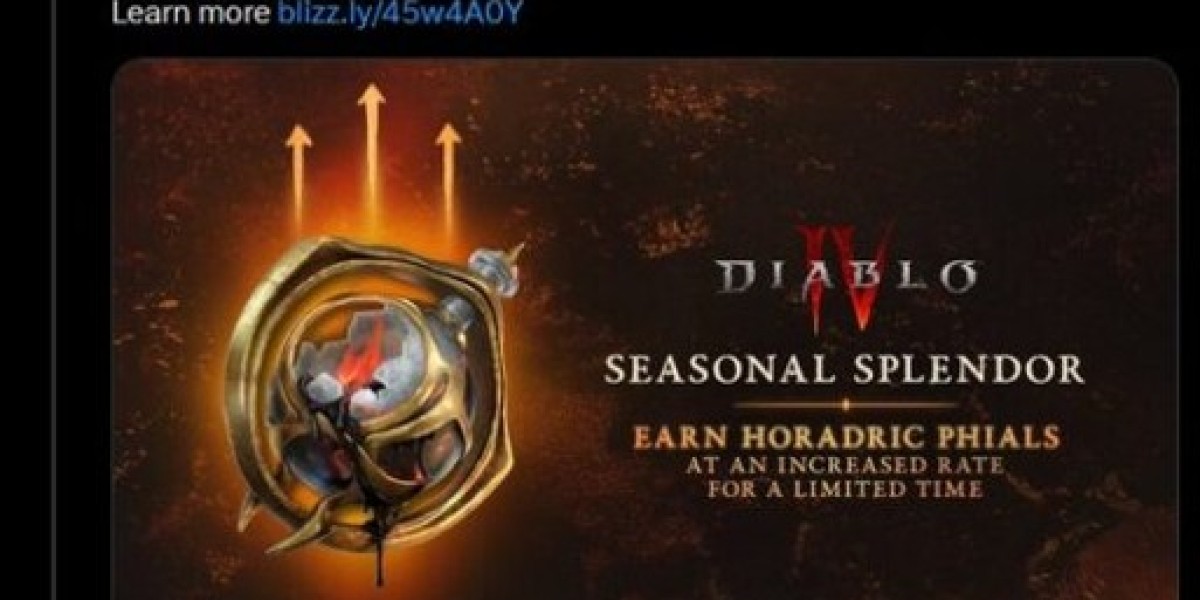Spinal cord injury medicine addresses one of the most life-changing medical conditions, impacting thousands of Americans each year. These complex injuries can significantly affect a person’s mobility, sensory function, and overall quality of life. Gaining a clear understanding of spinal cord injury medicine including its causes, symptoms, and available treatment options is essential for patients, families, and caregivers as they navigate this difficult and often overwhelming journey.
What is a Spinal Cord Injury?
A spinal cord injury occurs when damage to the spinal cord results in temporary or permanent changes in its function. The spinal cord serves as the body's main communication highway between the brain and the rest of the body. When this pathway is disrupted, it can affect movement, sensation, and bodily functions below the point of injury.
Spinal Cord Injury Causes
Spinal cord injuries can result from various traumatic and non-traumatic events:
Traumatic Causes
- Motor vehicle accidents - The leading cause of spinal cord injuries in the United States
- Falls - Particularly common in older adults and construction workers
- Sports injuries - Including diving, football, and extreme sports
- Violence - Gunshot wounds and physical assaults
- Work-related accidents - Industrial mishaps and machinery accidents
Non-Traumatic Causes
- Tumors - Cancerous or benign growths affecting the spinal cord
- Infections - Abscesses, meningitis, or other infectious diseases
- Degenerative diseases - Such as arthritis or spinal stenosis
- Vascular disorders - Blood vessel abnormalities affecting spinal cord blood supply
- Congenital conditions - Birth defects affecting spinal development
Types of Spinal Cord Injury
Understanding the classification of spinal cord injuries helps medical professionals determine treatment approaches and predict outcomes.
Complete Spinal Cord Injury
A complete spinal cord injury results in total loss of sensory and motor function below the level of injury. This means there is no feeling or voluntary movement below the point where the spinal cord was damaged. Complete injuries are typically more severe and have a lower likelihood of functional recovery.
Incomplete Spinal Cord Injury
In incomplete injuries, some neural pathways remain intact, allowing for varying degrees of sensation and movement below the injury level. These injuries offer better prospects for recovery and rehabilitation.
Spinal Cord Contusion
A spinal cord contusion involves bruising of the spinal cord tissue, often caused by compression or impact. Unlike complete severance, contusions may allow for some recovery as swelling decreases and damaged tissue heals.
Spinal Cord Injury Levels and Function
The location of a spinal cord injury significantly impacts which body functions are affected:
Cervical Injuries (C1-C8)
- C1-C4: May require ventilator assistance, affect head and neck movement
- C5: Limited shoulder and bicep function
- C6: Wrist extension possible, some hand function
- C7-C8: Improved hand and finger function
Thoracic Injuries (T1-T12)
- T1-T6: Affects trunk stability and fine motor control
- T7-T12: Generally preserves arm and hand function
Lumbar Injuries (L1-L5)
- Affects hip flexors and leg function
- May impact bowel and bladder control
Sacral Injuries (S1-S5)
- Primarily affects bowel, bladder, and sexual function
- May cause some leg weakness
Signs and Symptoms of Spinal Cord Injury
Recognizing spinal injury symptoms is critical for seeking immediate medical attention:
Immediate Symptoms
- Loss of movement in arms, legs, or throughout the body
- Loss of sensation including ability to feel heat, cold, or touch
- Severe back pain or pressure in the neck, head, or back
- Weakness or paralysis in any part of the body
- Difficulty breathing or coughing
- Loss of bladder or bowel control
- Unusual positioning of the head or spine
Secondary Symptoms
- Spasticity - Involuntary muscle contractions
- Changes in sexual function and fertility
- Chronic pain or stinging sensations
- Difficulty regulating body temperature
- Autonomic dysreflexia in higher-level injuries
Spine Injury Symptoms by Severity
Mild Spinal Injuries
- Temporary weakness or numbness
- Mild back pain
- Muscle spasms
- Limited range of motion
Moderate Spinal Injuries
- Persistent numbness or tingling
- Difficulty walking or maintaining balance
- Bowel or bladder dysfunction
- Chronic pain
Severe Spinal Injuries
- Complete paralysis below injury level
- Total loss of sensation
- Respiratory complications
- Significant autonomic dysfunction
Spinal Cord Injury Medicine and Treatment Options
Modern spinal cord injury medicine focuses on multiple treatment approaches:
Acute Treatment
- Immediate stabilization to prevent further injury
- High-dose corticosteroids to reduce inflammation and swelling
- Surgical intervention to decompress the spinal cord and stabilize the spine
- Intensive care monitoring for respiratory and cardiovascular complications
Rehabilitation Medicine
- Physical therapy to maximize remaining function and prevent complications
- Occupational therapy to develop adaptive skills for daily living
- Speech therapy for patients with breathing or swallowing difficulties
- Psychological counseling to address emotional and mental health needs
Emerging Treatments
- Stem cell therapy research showing promising results
- Electrical stimulation devices to restore some function
- Robotic rehabilitation systems for mobility training
- Neuroprotective medications to limit secondary injury
Precautions and Prevention Strategies
Primary Prevention
- Safe driving practices including seatbelt use and avoiding distracted driving
- Fall prevention especially for older adults through home safety modifications
- Sports safety using proper equipment and following safety guidelines
- Workplace safety adherence to safety protocols and proper training
- Violence prevention through conflict resolution and community safety programs
Secondary Prevention (After Injury)
- Immediate medical attention for any suspected spinal injury
- Proper immobilization during transport to medical facilities
- Early intervention to minimize secondary complications
- Regular monitoring for signs of complications or deterioration
Lifestyle Precautions for Those with Spinal Cord Injuries
- Skin care to prevent pressure sores and infections
- Temperature regulation awareness due to impaired thermoregulation
- Infection prevention through proper hygiene and medical care
- Cardiovascular health monitoring due to increased risk factors
- Bone health maintenance to prevent osteoporosis and fractures
Living with Spinal Cord Injury
Adaptive Equipment and Technology
Modern assistive technology has revolutionized life for individuals with spinal cord injuries. Wheelchairs, transfer devices, computer interfaces, and smart home technology enable greater independence and quality of life.
Support Systems
Strong support networks including family, friends, healthcare providers, and peer support groups play crucial roles in successful adaptation to life after spinal cord injury.
Employment and Education
Many individuals with spinal cord injuries continue to work and pursue education with appropriate accommodations and adaptive technology.
Research and Future Directions
The field of spinal cord injury research continues to advance rapidly. Scientists are exploring regenerative medicine, bioengineering solutions, and pharmacological interventions that may restore function and improve outcomes for individuals with spinal cord injuries.
Frequently Asked Questions (FAQs)
Q: Can spinal cord injuries heal completely?
A: Complete healing depends on the type and severity of injury. While complete spinal cord injuries rarely result in full recovery, incomplete injuries may show significant improvement with proper treatment and rehabilitation. Research into regenerative therapies offers hope for future treatments.
Q: How long does recovery from a spinal cord injury take?
A: Recovery timelines vary greatly depending on injury severity, level, and individual factors. Most neurological recovery occurs within the first 6-18 months, but functional improvements through rehabilitation can continue for years.
Q: What is the difference between paralysis and paresis?
A: Paralysis refers to complete loss of movement and sensation, while paresis indicates partial loss or weakness. Individuals with incomplete spinal cord injuries may experience paresis rather than complete paralysis.
Q: Can people with spinal cord injuries have children?
A: Many individuals with spinal cord injuries can have children, though fertility may be affected. Women typically retain fertility, while men may experience changes in fertility that can often be addressed with medical intervention.
Q: What is autonomic dysreflexia?
A: Autonomic dysreflexia is a potentially dangerous condition that can occur in individuals with spinal cord injuries at T6 level or above. It involves a sudden spike in blood pressure triggered by stimuli below the injury level and requires immediate medical attention.
Q: How do I know if someone has a spinal injury?
A: Signs include inability to move, loss of sensation, severe neck or back pain, difficulty breathing, and loss of bladder or bowel control. If you suspect a spinal injury, call 911 immediately and avoid moving the person unless they're in immediate danger.
Q: What medications are commonly used for spinal cord injuries?
A: Spinal cord injury medicine may include corticosteroids for acute treatment, muscle relaxants for spasticity, pain medications, antibiotics for infection prevention, and medications for bladder and bowel management.
Q: Can physical therapy help with spinal cord injuries?
A: Yes, physical therapy is essential for maximizing remaining function, preventing complications, maintaining muscle tone, and improving overall health and independence.
Q: What causes spinal cord contusion?
A: Spinal cord contusion typically results from compression, impact, or stretching of the spinal cord during traumatic events such as car accidents, falls, or sports injuries.
Q: Are there different levels of spinal cord injury severity?
A: Yes, spinal cord injuries are classified using the ASIA (American Spinal Injury Association) Impairment Scale, ranging from complete injury (ASIA A) to normal function (ASIA E), with varying degrees of incomplete injury in between.








